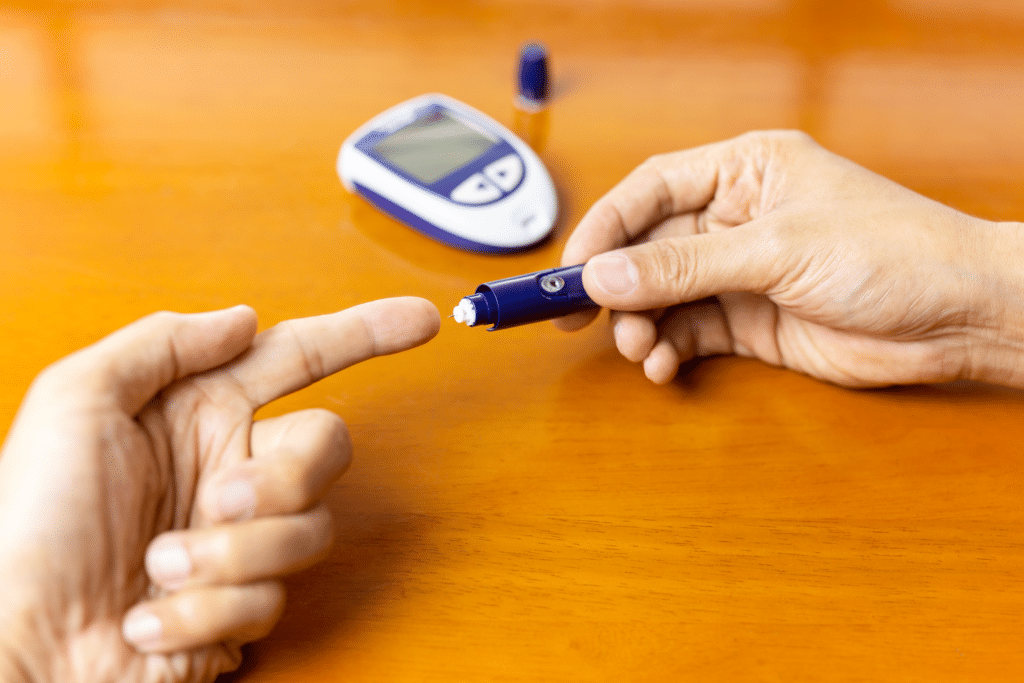Advancing public health through connection, science, and impact.
1 January 2026
29 January 2026


26 March 2026

30 April 2026

4 May 2026
-8 May 2026

28 May 2026

